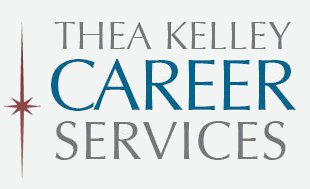 One of the biggest “aha!” moments for many of my clients comes as we develop their unique selling proposition (USP).
One of the biggest “aha!” moments for many of my clients comes as we develop their unique selling proposition (USP).
Your USP is your unique answer to employers’ question – stated or not – “Why should we hire you instead of another candidate?”
You may have 20 reasons why they should hire you, but the employer can’t grasp all 20 at once, nor remember them. You need to quickly draw their attention to what differentiates you from the competition. What do you offer that others don’t?
Do you already know what that is? If you don’t, consider questions like these:
- Why was I chosen over competitors for my current or past job?
- In what ways have I made the biggest difference on my jobs?
- What have my employers appreciated most about me?
- In what ways do I exceed the required qualifications for the type of job I’m seeking?
- Do I have qualifications that are hard to find?
Whatever qualities or skills come to mind as you ponder these questions, you next need to ask yourself: “Is this what the employers I’m targeting really want? Is it relevant and essential?” If it’s not, it isn’t going to be part of your USP. Keep brainstorming.
Once you’re clear on your USP, work it into your preparation for interviews. Your USP tells you:
- What to emphasize at the beginning of the interview–for example, when the interviewer says “Tell me about yourself.”
- Which of your accomplishments you need to tell stories about, in order to demonstrate your USP.
- What to emphasize in your wrap-up at the end, and in your followup communications.
There is much more to consider in preparing for a winning interview: authentic yet strategic answers to likely questions, asking the right questions yourself, body language, chemistry and rapport, handling specific interview formats such as panel or case interviews, closing the interview, following up and negotiation, among others.
Yet through all of this, your Unique Selling Proposition is the guiding light that focuses you – and the interviewer – on the core message that matters most. (This post was originally published in 2012 and has been updated.)

